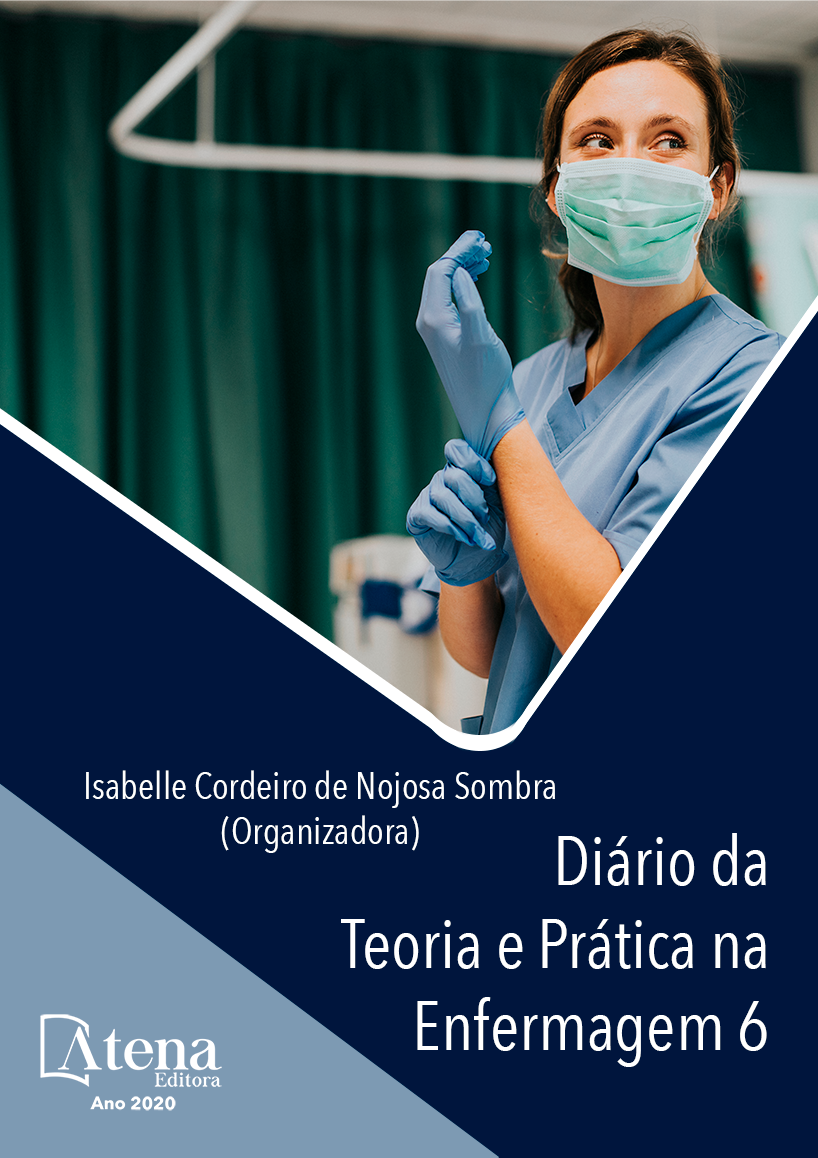
FATORES ASSOCIADOS À OCORRÊNCIA DE LESÃO POR PRESSÃO EM UNIDADE DE TERAPIA INTENSIVA
Estudo epidemiológico, transversal, retrospectivo, de natureza quantitativa que teve como objetivo analisar a prevalência e os fatores demográficos e clínicos associados à ocorrência das Lesões por Pressão (LP) dos pacientes internados em uma Unidade de Terapia Intensiva (UTI). Foram coletados dados dos pacientes adultos internados na UTI de um hospital universitário, localizado no município de São Paulo, no ano de 2014. Os dados foram analisados estatisticamente por meio do Programa Statistical Package for the Social Science (SPSS), versão 20.0., com cálculos de média e desvio-padrão (DP) para as variáveis contínuas e frequências absolutas, e relativas para as variáveis categóricas. Para verificação de associação entre a variável dependente e as independentes, foi utilizado o Teste exato de Fisher para as variáveis categóricas, e o Teste t de Student para as variáveis numéricas. Posteriormente, foi realizada análise de regressão logística. Nível de significância estatístico adotado foi de 5% (p≤0,05). Em 2014, 756 pacientes foram internados na UTI. Destes, 57,4% eram do sexo masculino com idade média de 61,1 anos (DP 17,5) anos. Motivo da internação predominante foi por pós-operatório (28,8%). O escore médio da Escala de Braden foi 11,4 e 63 (8,3%) pacientes tiveram LP, sendo que para 35 (4,6%) as LP já estavam presentes no momento da admissão. Houve predomínio de LP na região sacral (49,2%) e em estágio 2 (42,9%). Na análise univariada, os fatores associados à LP foram o tipo de alta da UTI (p = 0,012), o escore de risco na escala de Braden (p = 0,014) e o tempo de hospitalização na UTI (p < 0,001). Na análise da Regressão Logística, os fatores de para LP foram tempo de hospitalização na UTI (OR 1,12; p <0,001) e risco muito alto para o desenvolvimento de LP segundo o escore de Braden (OR 3,2; p 0,06).
FATORES ASSOCIADOS À OCORRÊNCIA DE LESÃO POR PRESSÃO EM UNIDADE DE TERAPIA INTENSIVA
-
DOI: 10.22533/at.ed.51020300610
-
Palavras-chave: Lesão por pressão; Unidade de terapia intensiva; Prevalência; Enfermagem.
-
Keywords: Pressure injury; Intensive Care Unit; Prevalence; Nursing.
-
Abstract:
A quantitative, cross-sectional epidemiological study aimed to analyze the prevalence of pressure injury (PI) and the demographic and clinical factors associated with its occurrence in patients hospitalized in an Intensive Care Unit (ICU). Data were collected from all adult patients admitted to the ICU of a university hospital located in the São Paulo city in 2014. Data were statistically analyzed using the Statistical Package for the Social Science (SPSS), version 20.0., mean and standard deviation (SD) were calculated for continuous variables and absolute, and relative frequencies were calculated for categorical variables. To verify the association between the dependent and the independent variables, Fisher's Exact Test was used for the categorical variables and Student's t-Test for the numerical variables. Also, a logistic regression analysis was performed. The level of statistical significance adopted was 5% (p≤0.05). In the year 2014, 756 patients were admitted to the ICU. Of these, 57.4% were males with a mean age of 61.1 years (SD 17.5) years. Reason for the predominant hospitalization was due to postoperative (28.8%). The mean score of the Braden Scale was 11.4 and 63 (8.3%) patients had PI, and for 35 (4.6%) the PI were already present of admission. There was predominance of PI in the sacral region (49.2%) and stage 2 (42.9%). In the univariate analysis, the factors associated with PI were the type of discharge from the ICU (p = 0.012), the risk score on the Braden scale (p = 0.014) and the length of ICU hospitalization (p <0.001). In the Logistic Regression analysis, the risk factors that identified the PI group were the length of ICU hospitalization (OR 1.12, p <0.001) and very high risk for PI development according to the Braden score (OR 3.2, p 0.06).
-
Número de páginas: 17
- Paula Cristina Nogueira
- Paulo Carlos Garcia
- Nathália Santana Simão


